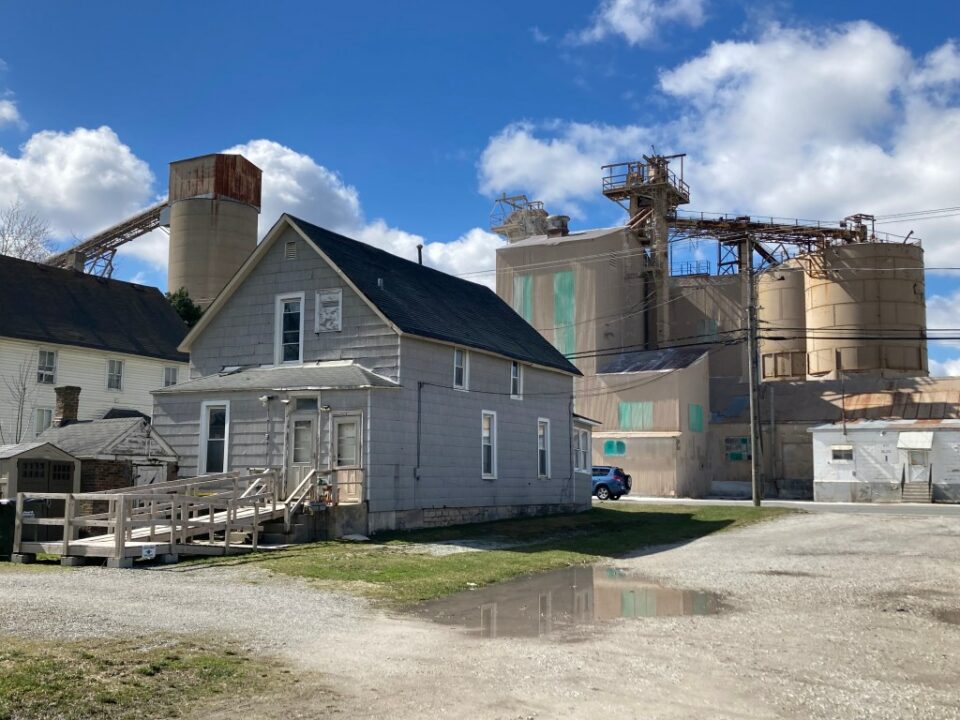It’s easy to picture urban life in the 19th century, when Chicago was teeming with newly arrived immigrants who were establishing neighborhoods and packing their families into old tenement buildings on the fringes of the city.
That sepia toned stereotype might reflect ancestor experiences in older East Coast metropolises like New York City or Baltimore, but in Chicago, “that’s not really true,” said Joseph Bigott, an associate professor of history at Purdue University Northwest.
“In Chicago, they were building and expanding at a rapid rate,” he said. “There isn’t an old stock of housing in the 19th century, but you have that rapid growth. They have no housing so they have to build it. Who do they have to build it for? Everyone.”
After Chicago’s legendary fire destroyed much of the city in 1871, construction went into overdrive in the following decades.
As the limestone mansions of gilded age magnates were erected along Prairie Avenue, entire neighborhoods of simpler structures popped up on former prairie land surrounding freshly laid rail lines and new industrial campuses.
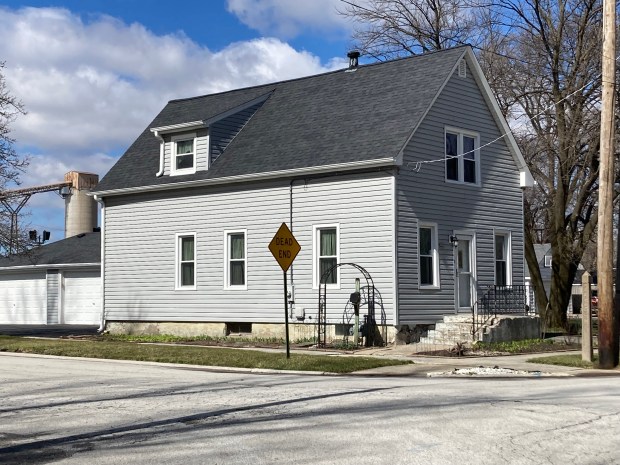
Thanks to a plentiful supply of lumber from old growth pine forests in Wisconsin and Michigan, as well as new milling processes such as kiln drying that gave precut wood precise standardized measurements, a new form of structure started appearing. Workers cottages were more affordable than elaborate, but they came with the promise of a better standard of living for working class families.
A century and a half after they started being built in earnest, an effort is afoot to celebrate and preserve the cottages, houses that have continued to offer utility and accessibility for generations.
Bigott, author of the 2001 book “From Cottage to Bungalow: Houses and the Working Class in Metropolitan Chicago, 1869-1929,” will join Lucy Gomez Feliciano of Here to Stay Community Land Trust for a free lecture at 1 p.m. Thursday, March 14 at the University of Illinois at Chicago’s Great Cities Institute.
The lecture was arranged by the nonprofit Chicago Workers Cottage Initiative, a group organized to celebrate and promote the houses, built mostly from the 1880s to the 1910s, that they say “represent the origins of the ‘American Dream’ of homeownership and the investment and pride of Chicago’s new immigrants.”
It’s a portion of the Chicagoland housing stock that’s increasingly at risk because of age, modest origins and in some areas, neighborhood gentrification.
“Some of these cottages were really spartan four-room houses,” Bigott said. “They cost like $600 on a $200 lot. It was a simple frame building, with two bedrooms, a living room, a kitchen.”
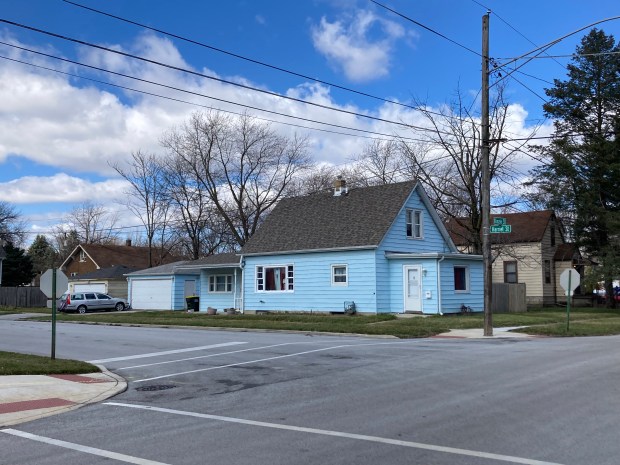
Skilled workers who had more dough could start out with a more elaborate house. And the changing fortunes of families meant many of the cottages were altered to fit the circumstances.
“You had Polish and German immigrants in places like Calumet City, when they could buy a house it would be four rooms, but they could build on to it,” Bigott said. “It was a frame house, so it was really easy to build on to the back of it, or even raise the cottage and make it a two-story. They were very adaptable housing, very flexible.”
It’s a form of housing that helped build communities.
The suburbs, especially the south suburbs, became magnets for the style after Chicago legislators outlawed wood-frame construction in the wake of Chicago’s fiery 1870s. Areas such as Chicago Heights, Harvey and northwest Indiana cities such as Hammond and Whiting offered new rail access and plentiful flat land where industrialists could build sprawling factories and mills.
“When Standard Oil moves to Whiting, it builds housing for the managers, but it’s the local people, the local markets who create the housing” for the bulk of the workers, Bigott said. “It’s a form of local capitalism as opposed to corporate capitalism that’s responsible for the real estate market.
“Industry provides the jobs, but the money is in developing the communities. That’s the core of that movement to create these cottages. It’s local people making money off the development of cities.”
In good times, when employment was plentiful, the adaptability of the workers cottages meant some could be expanded into two-flats to house additional family members or to rent out for an additional source of income.
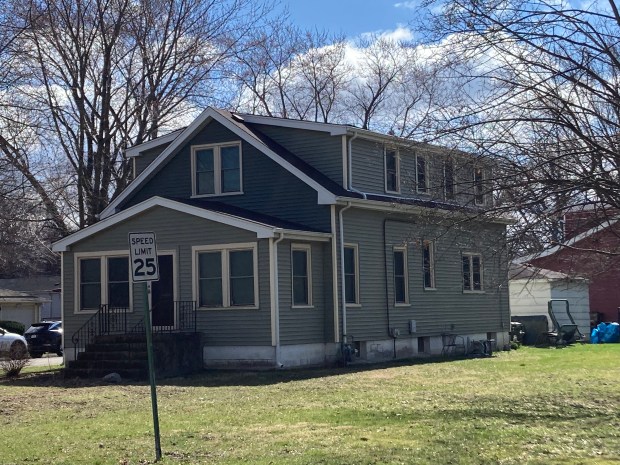
Because the money was kept locally, it fed back into the churches and schools, the small shops, taverns and restaurants that popped up in the middle of residential areas.
“When you look at a place, it has a sense of a certain time,” Bigott said. “In neighborhoods of cottages, they had saloons and stores intermixed with the houses. In modern neighborhoods, the stores are all on the big streets or somewhere else. But there’s taverns in the neighborhoods in Chicago Heights, in Calumet City. That’s what part of those neighborhoods were. The cottages were built for walking neighborhoods.”
It was a model that worked, and its backbone was the workers cottage. Elaine Lewinnek, a professor of American Studies at California State University, Fullerton, argues in her 2014 book “The Working Man’s Reward: Chicago’s Early Suburbs and the Roots of American Sprawl” that the idea of house ownership as “the working man’s reward” was one of Chicago’s most impactful exports, setting the scene for suburbs everywhere.
As with all brief summaries, that’s a vast oversimplification of a concept complicated by major factors, Lewinnek points out, such as racist housing policies and redlining as well as exploitative practices of employers and banking institutions. But the entire mix of factors in circa 1890s Chicago “helped create a city that became a model for America’s suburban growth.”
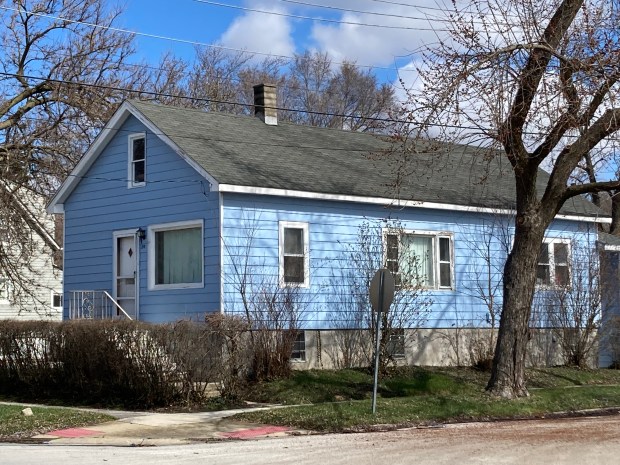
By the 1920s, widespread availability of modern amenities such as indoor plumbing, central heat and electricity spelled the end of the heyday of the workers cottage.
“Houses don’t change forms unless something truly significant happens,” Bigott said.
A hundred years ago, water and heat paved the way for the Chicago bungalow, a house style built around its infrastructure. But in many cases, the added expense of adding pipes, ducts and wires led to the sacrifice of some of the more ornate woodwork evidenced in some of the workers cottages.
Still, Bungalows, too, enjoyed massive popularity until another invention upended the way people used their homes.
“In the 1950s, television really did change houses,” he said. “People wanted a family room next to the kitchen for the TV set. That led to a different kind of house.”
Television might have spelled doom for the old fashioned front room, but one of the features the workers cottages made widely available has remained a consistent feature in housing stock ever since: the back door.
“The front room was the show room, but when most people came home from work, they came in the back door,” Bigott said. “It was really nice to have a back door kitchen entrance. A lot of those brick apartments didn’t have back doors. They only had the one entrance.”
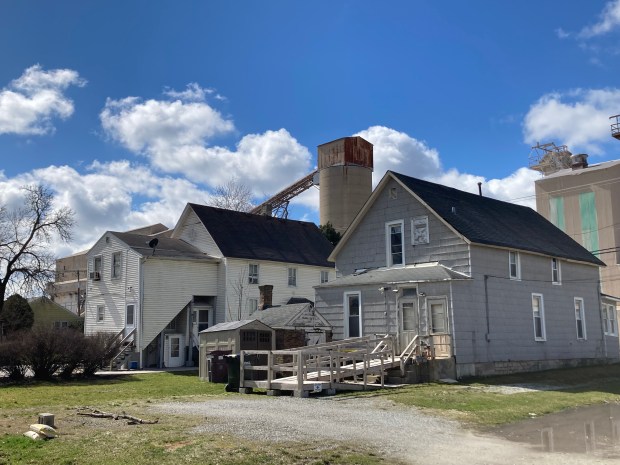
Beyond its historical impact, the workers cottages in Chicago and in the suburbs are continuing to shape neighborhoods and remain an asset that shouldn’t be shoved aside, Bigott said.
“I’m not a historian who says we have to save things just because they’re old,” he said. “But cities acquire character and variety with age.”
In workers cottages, the woodwork often adds character and the smaller size of many of the houses, along with a back door leading to a backyard, is “nice, especially for people who are getting older, or entry level people just getting into the market.”
“You don’t have to be nostalgic about it or say that one style of housing is superior to another style, but we have to recognize they offer different amenities,” Bigott said. “If you have variety, people can make more choices.
“It’s a style that you can’t make anymore. The components, the way they manufactured those houses, that’s over.”
Landmarks is a weekly column by Paul Eisenberg exploring the people, places and things that have left an indelible mark on the Southland. He can be reached at [email protected].
Paul Eisenberg , 2024-03-10 11:24:52
Source link
